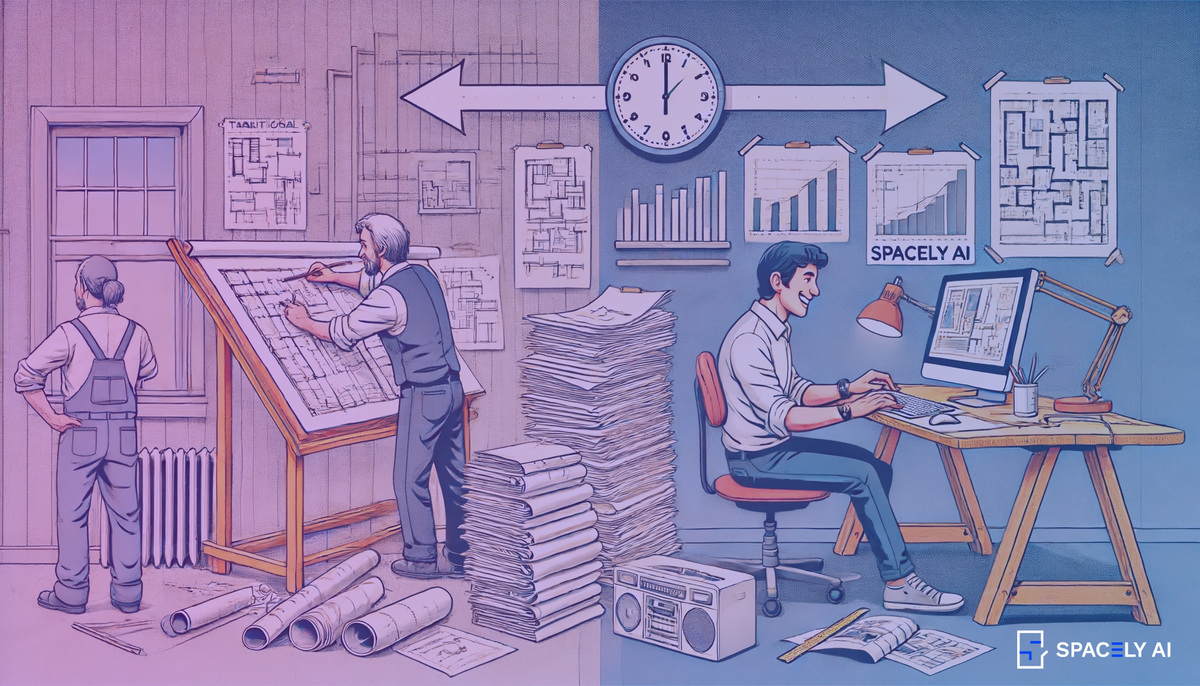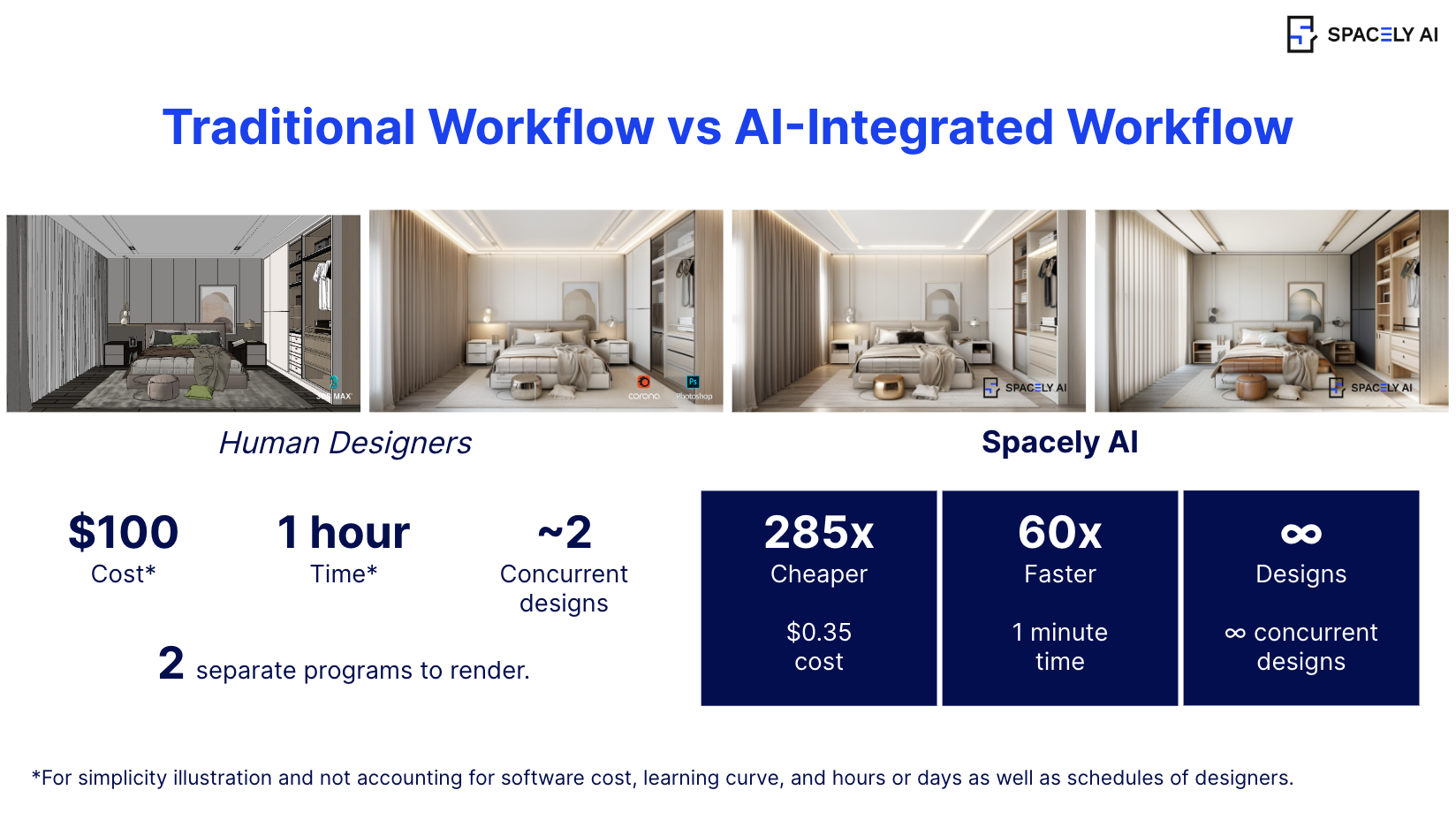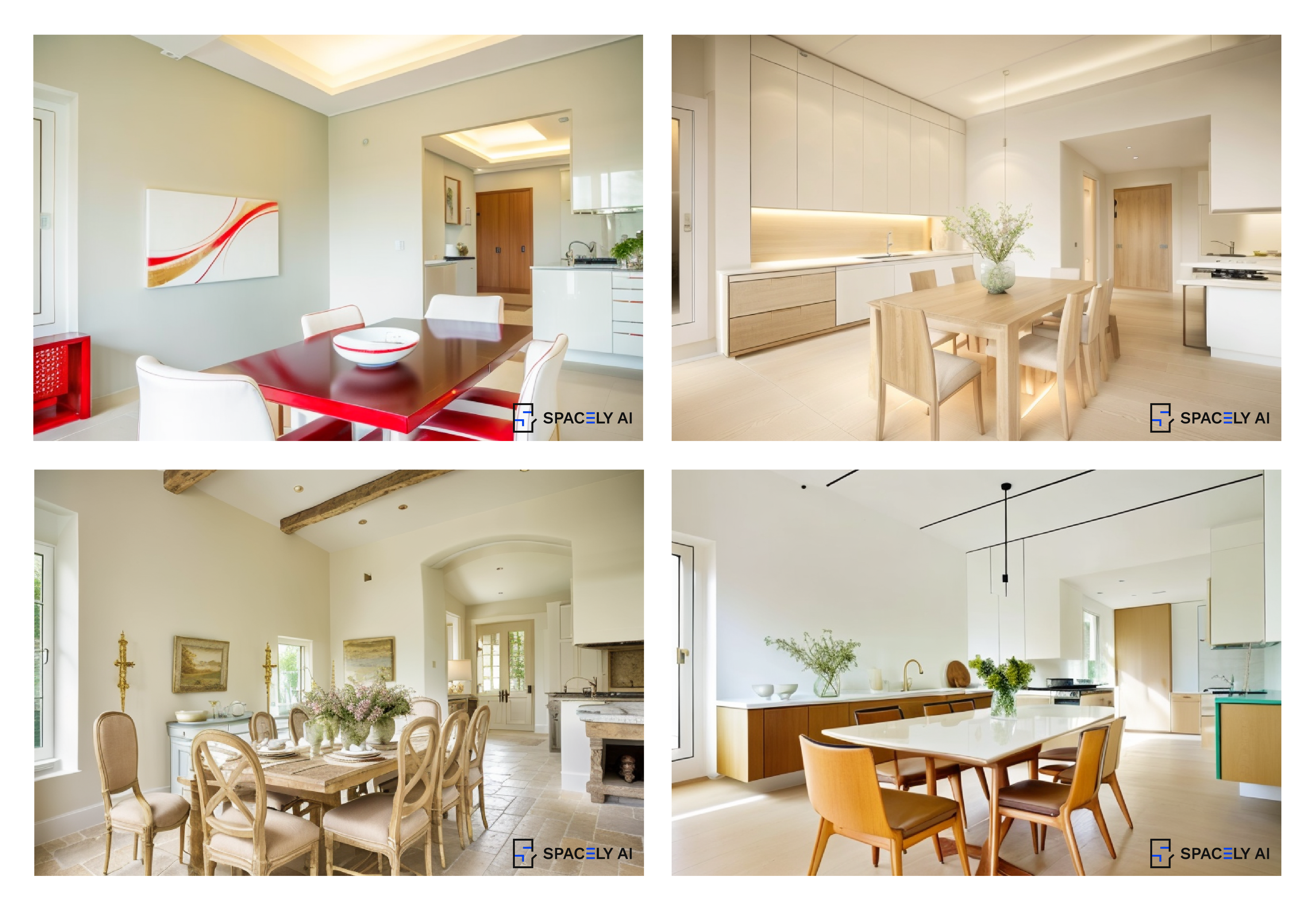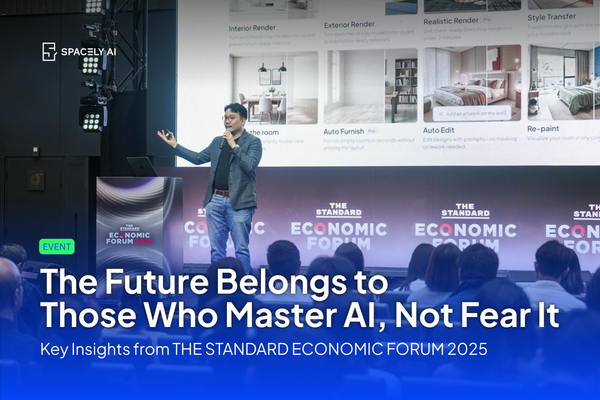The introduction of AI integrated workflow in Architecture
As technology advances, the need for faster and more efficient methods has become paramount. This is where AI steps in, transforming the architectural landscape.

In the fast-paced world of architecture and interior design, time and precision are crucial. Traditional workflows, involving hand-drawn plans, CAD drawings, 3D modeling, and BIM programming, have always been labor-intensive and time-consuming. As technology advances, the need for faster and more efficient methods has become paramount. This is where AI steps in, transforming the architectural landscape.
Traditional Workflow vs AI-Integrated Workflow
Traditional Workflow
For years, architects have spent countless hours meticulously crafting schematic sets, renderings, and perspective drawings. This process, while thorough, often takes weeks or even months to convey a single design idea. The manual nature of this work leaves little room for rapid iteration or exploration of diverse design options.
AI-Integrated Workflow
AI streamlines and accelerates the design process. With AI design tools, architects can produce a vast array of designs quickly and accurately. AI assists with labor-intensive tasks, allowing architects to focus on creativity and innovation. The integration of AI reduces the time spent on repetitive tasks, enhancing productivity and enabling more flexible design exploration.

Benefits of AI in Architecture
- Increased Efficiency
AI reduces the time required for rendering and drafting, making the workflow more efficient and less time-consuming. - Enhanced Precision
AI tools come with extensive databases, or "catalogs," of furniture and design elements. This ensures precise mix-and-match capabilities, leading to the best possible outcomes. - Limitless Design Variation
AI allows for limitless design variations, enabling architects to explore multiple styles and concepts effortlessly. - Historical Influence and Modern Trends
Architectural styles often recycle and reinterpret past trends. AI can seamlessly incorporate elements from various eras, from neo-classic to mid-century modern, providing architects with a rich palette of inspiration.
Spacely AI tools include extensive furniture and design catalogs.
The integration of AI in architecture is more than just a technological advancement—it's a necessary evolution to keep pace with modern demands. By leveraging AI, architects can enhance their workflows, produce diverse designs more efficiently, and draw inspiration from an extensive database of styles. This synergy of human creativity and AI precision paves the way for a future where architectural design is not just seen, but felt.

If you enjoyed this content and want more interior design ideas, don't forget to subscribe to our blog. Stay tuned with Spacely AI's Design Diaries for the latest insights and innovations in design. Together, let's explore, innovate, and redefine the boundaries of design.
For more information and media inquiries, please contact:
Website: spacelyai
Facebook: facebook.com/spacelyai
Instagram: instagram.com/spacely.ai
X: x.com/spacelyai
Email: hello@spacely.ai



